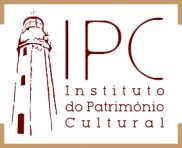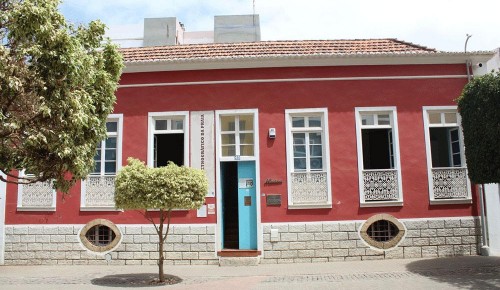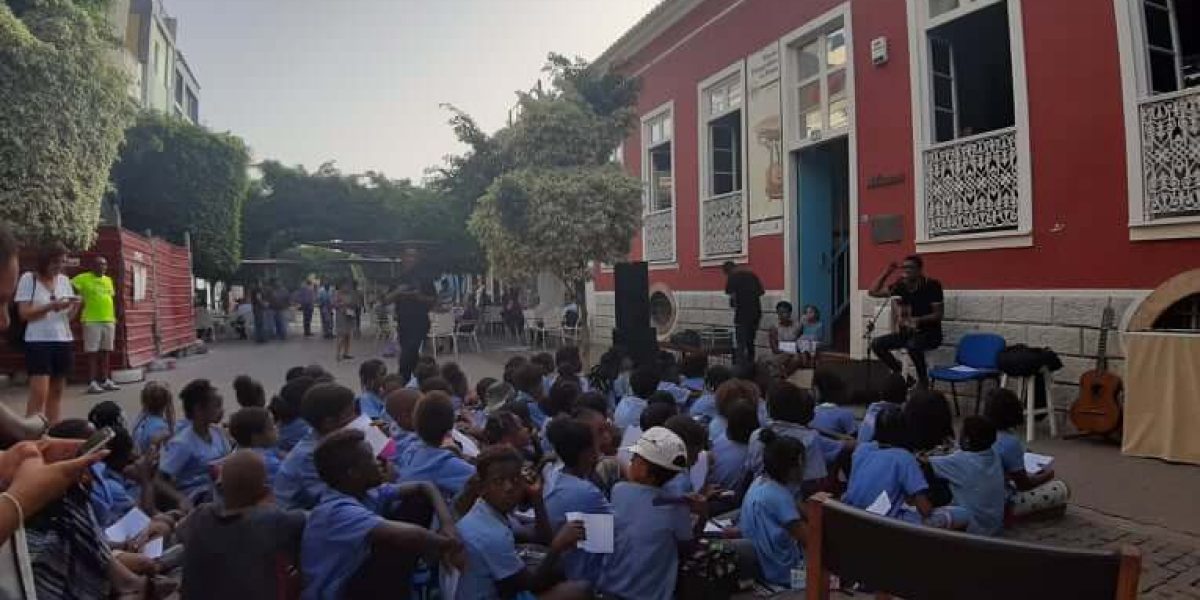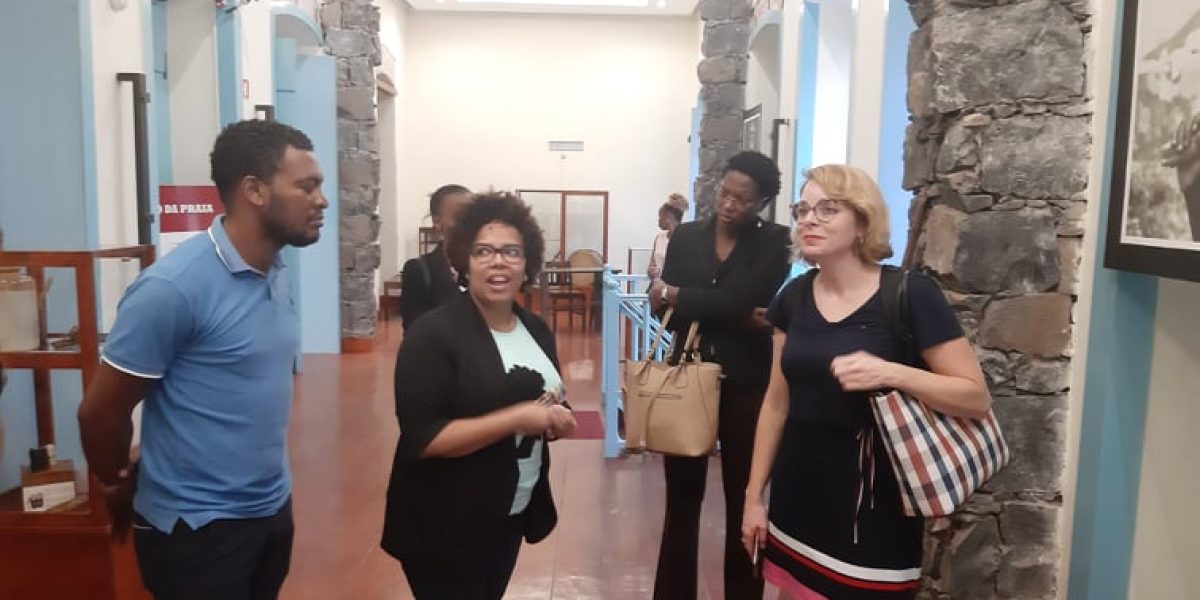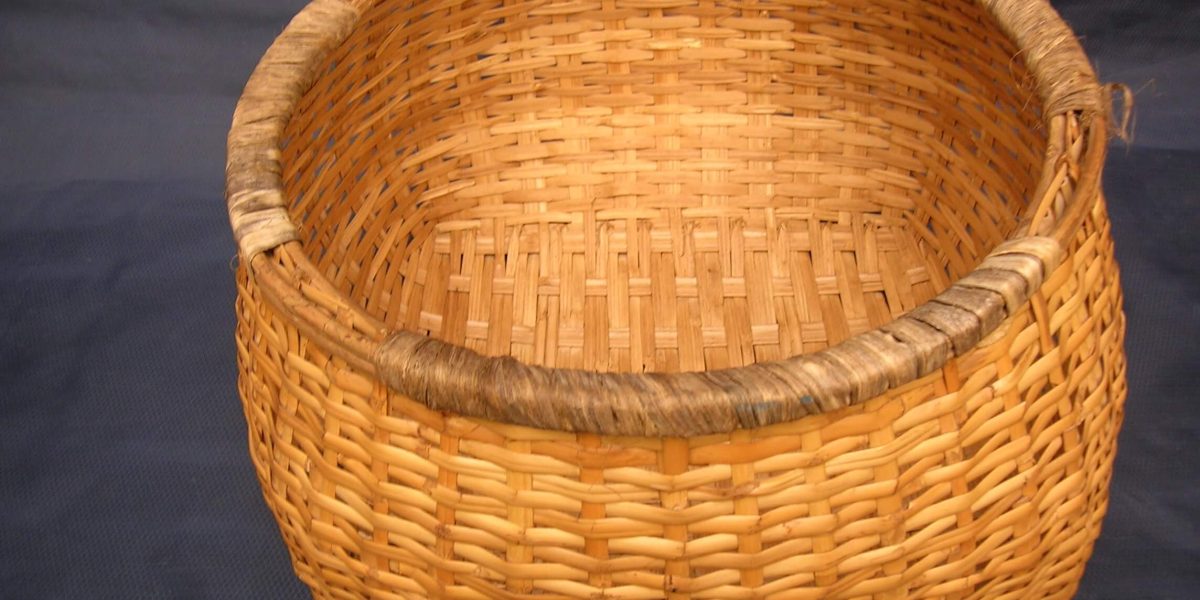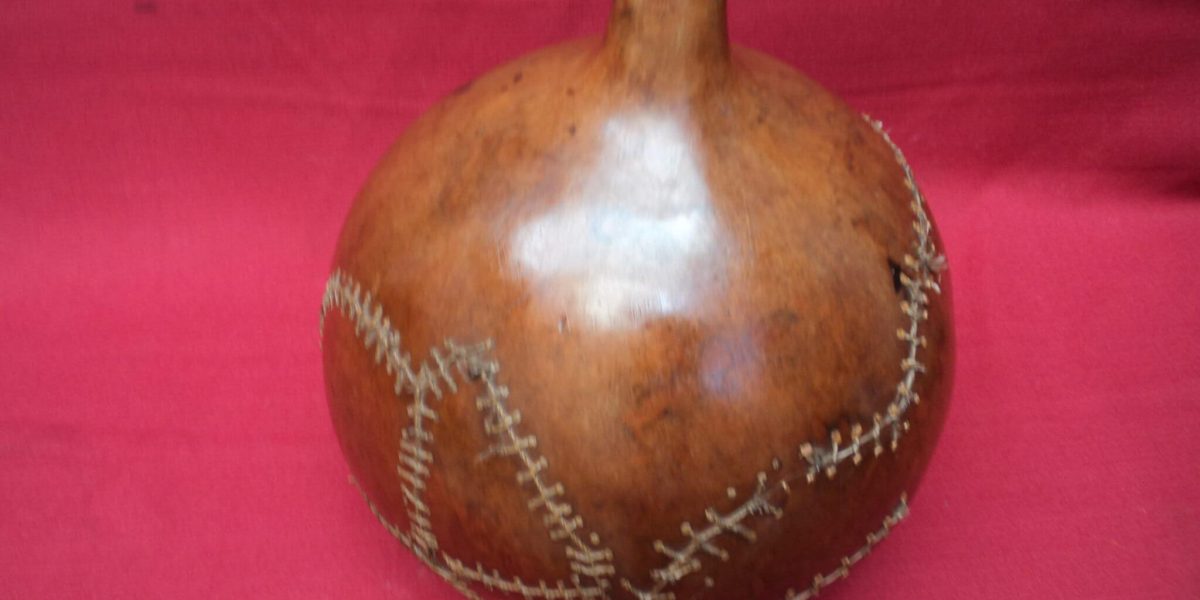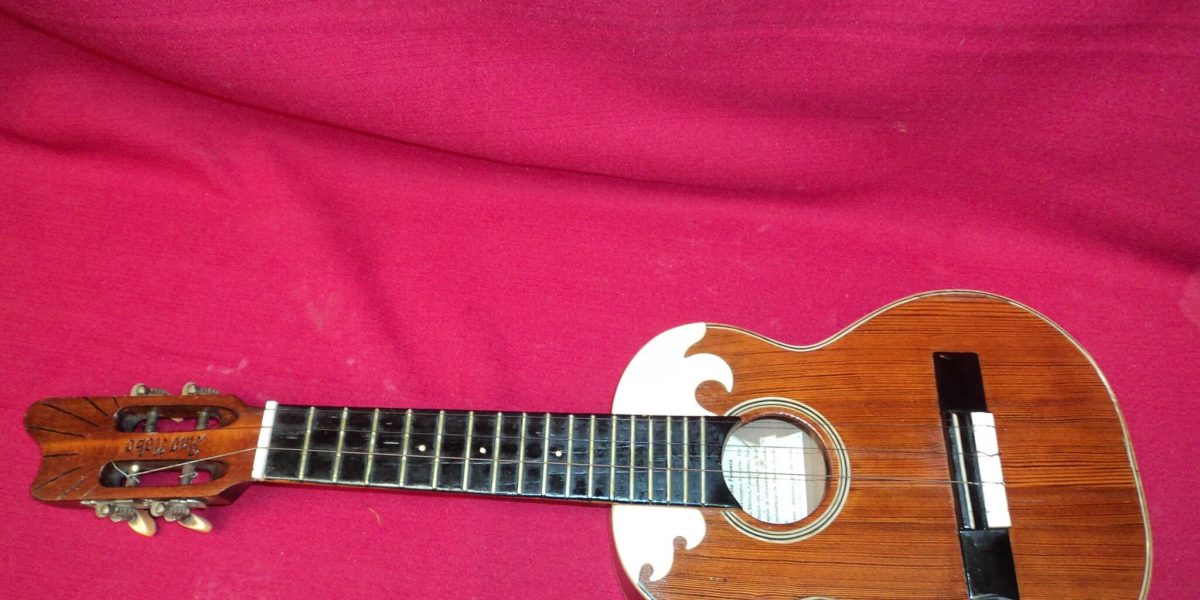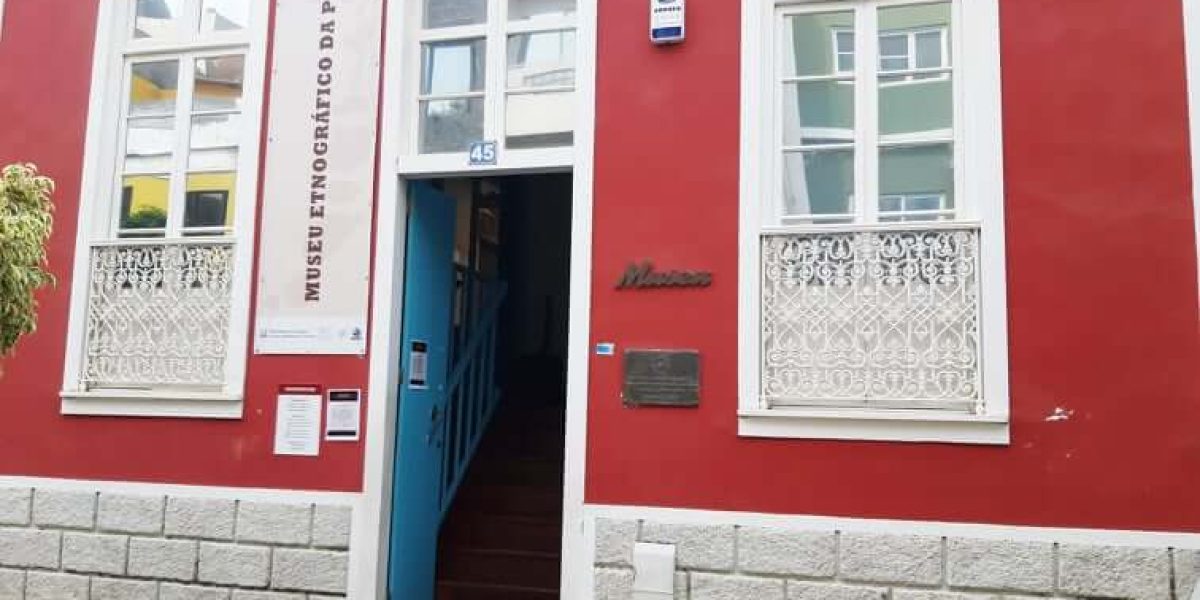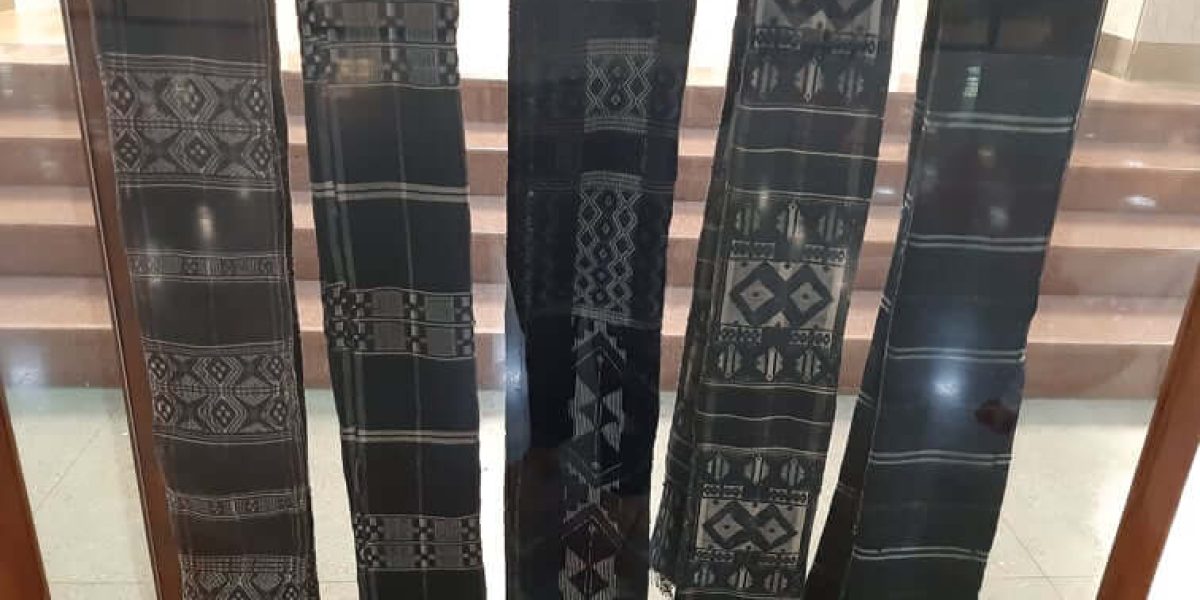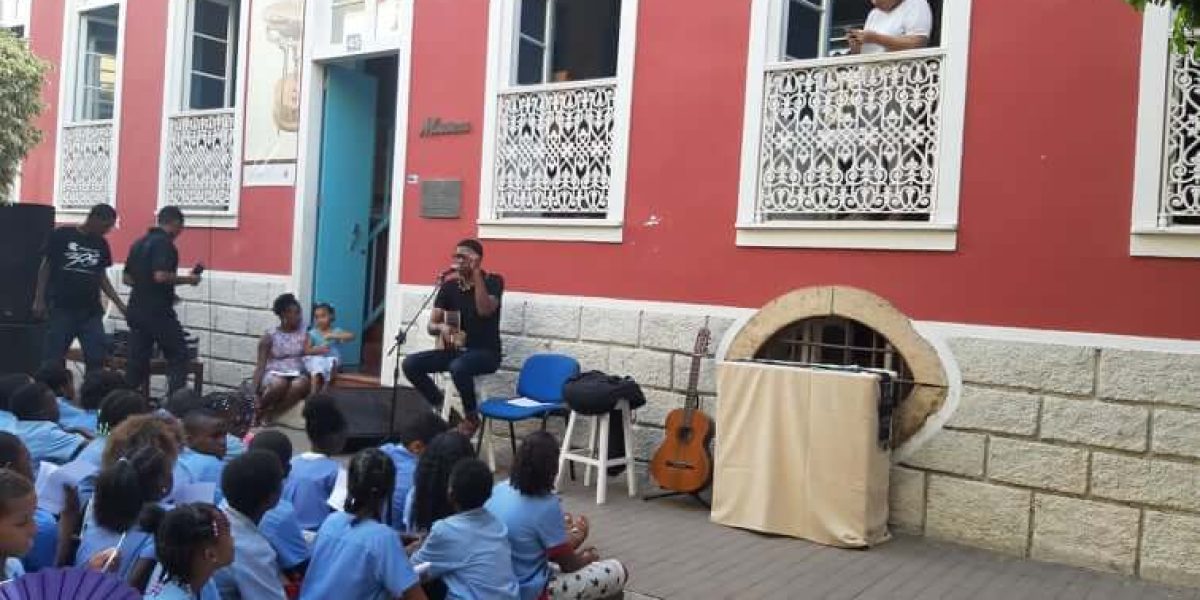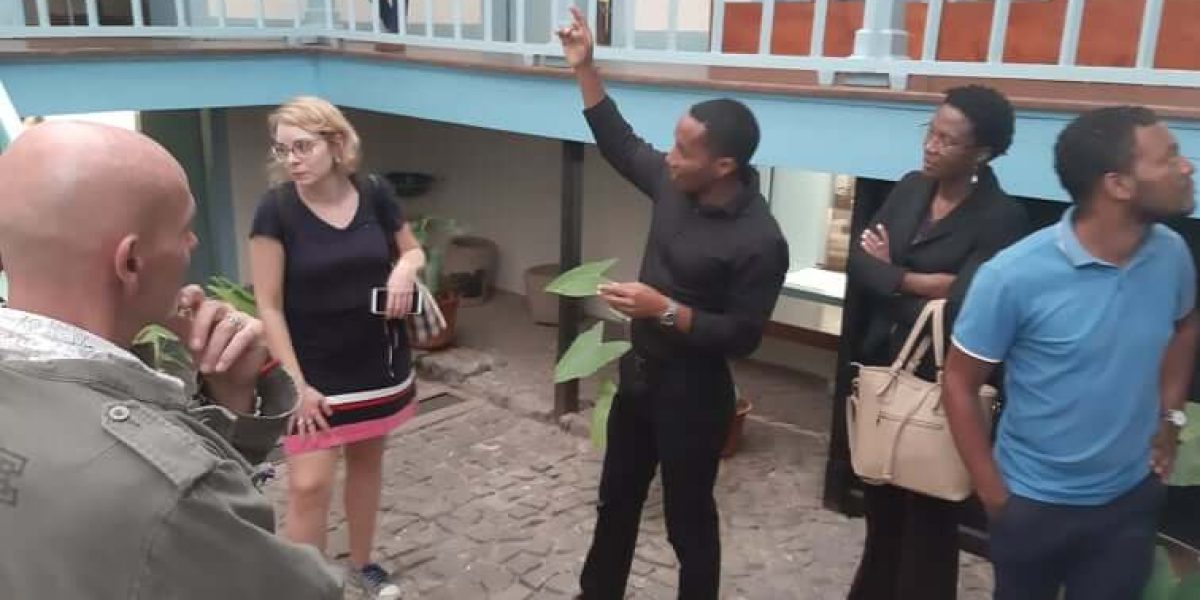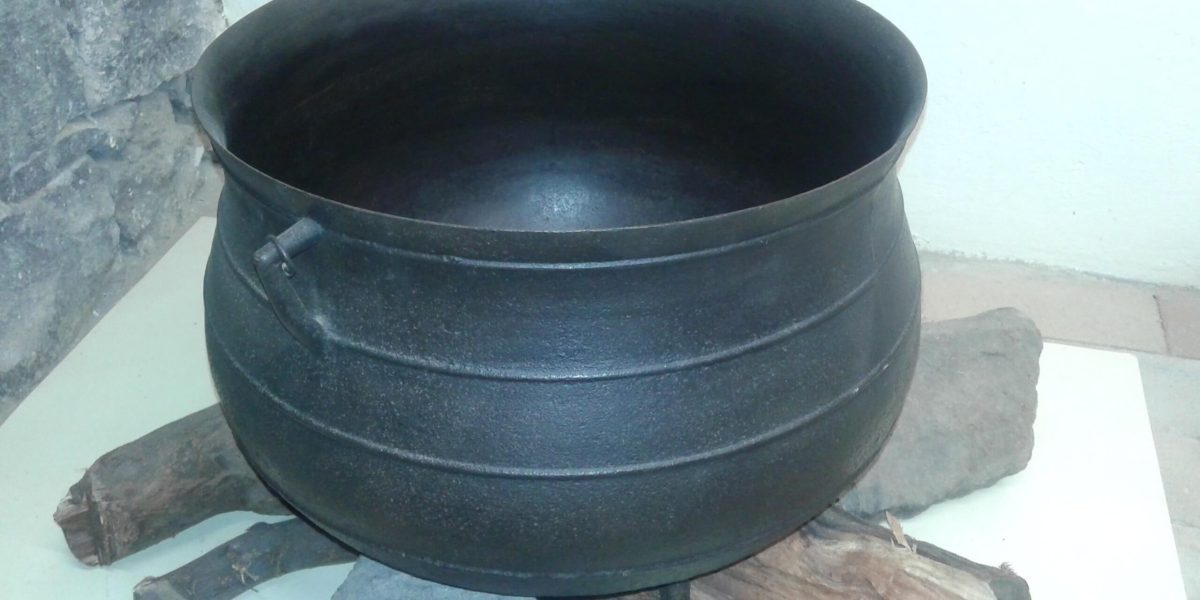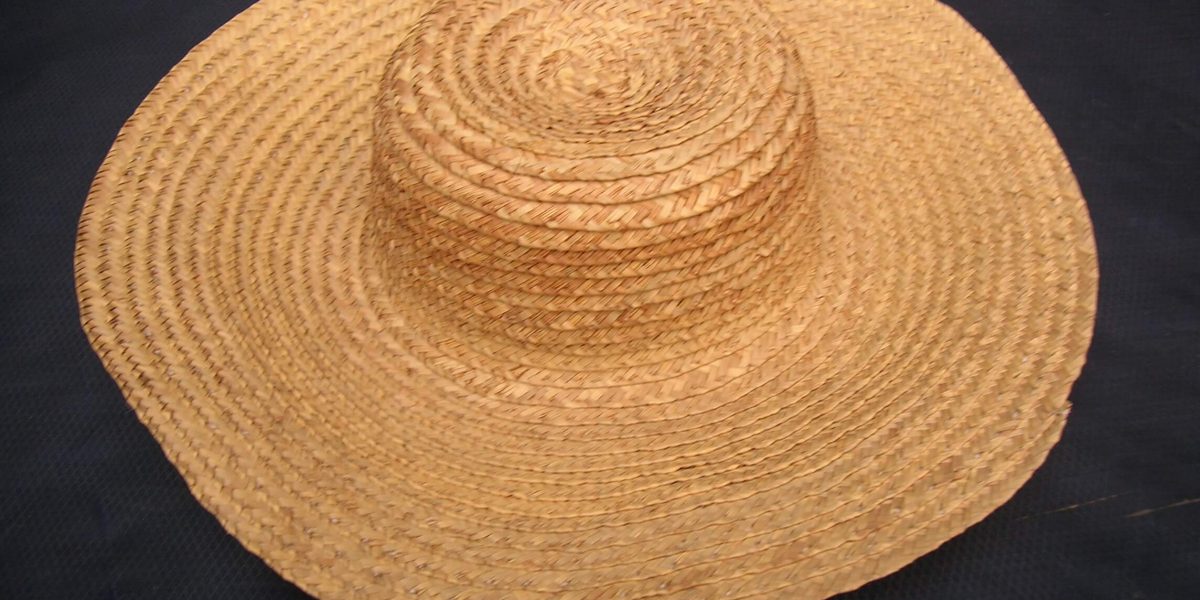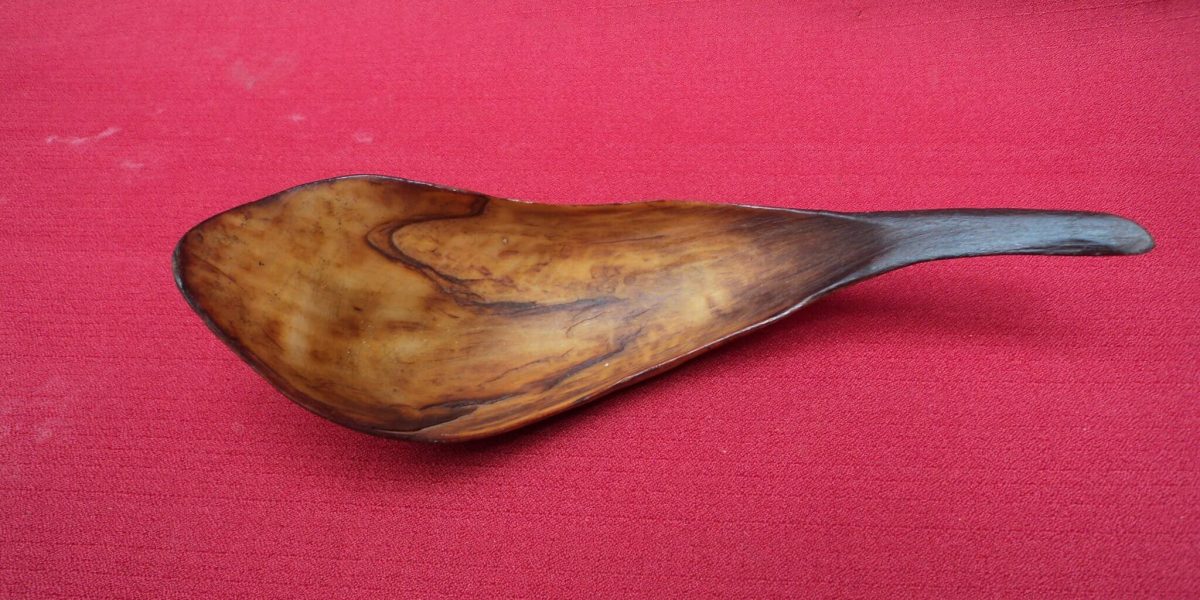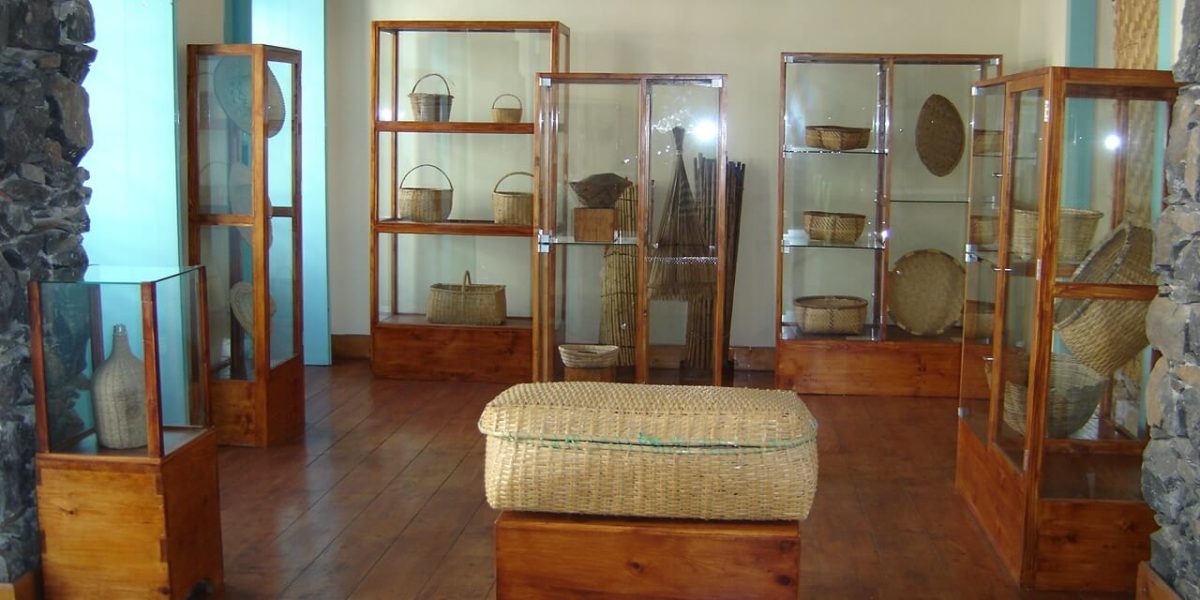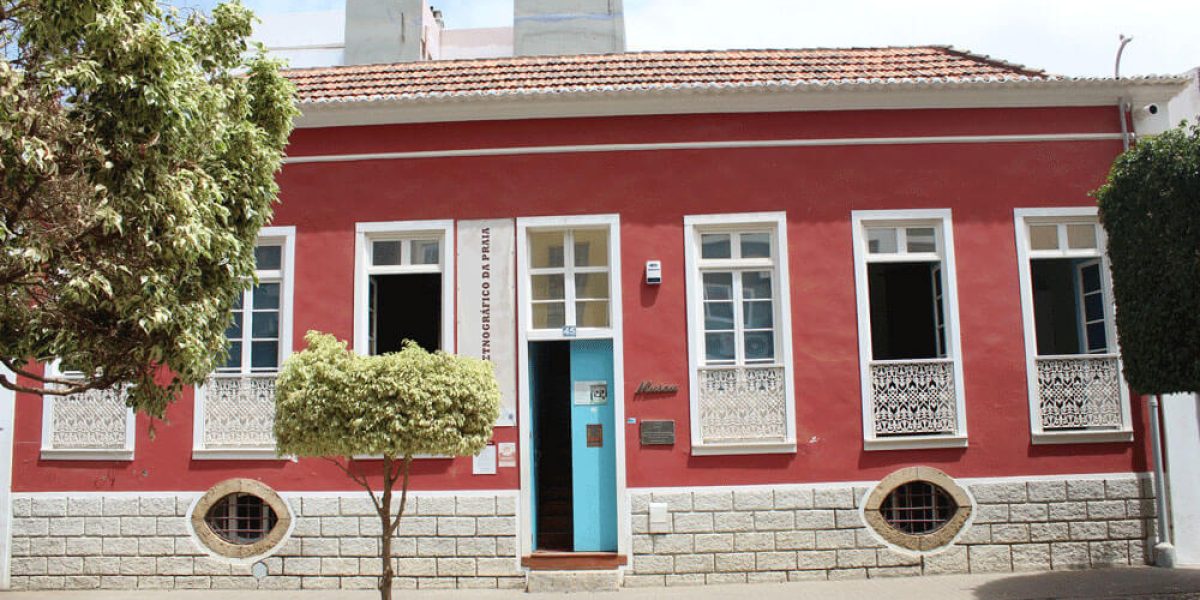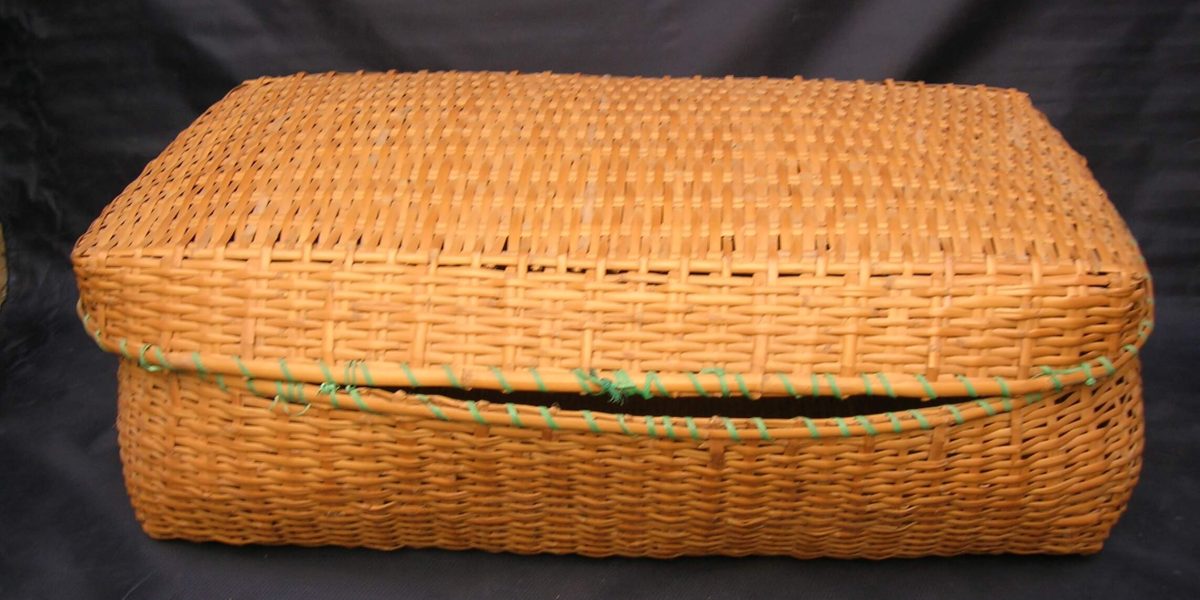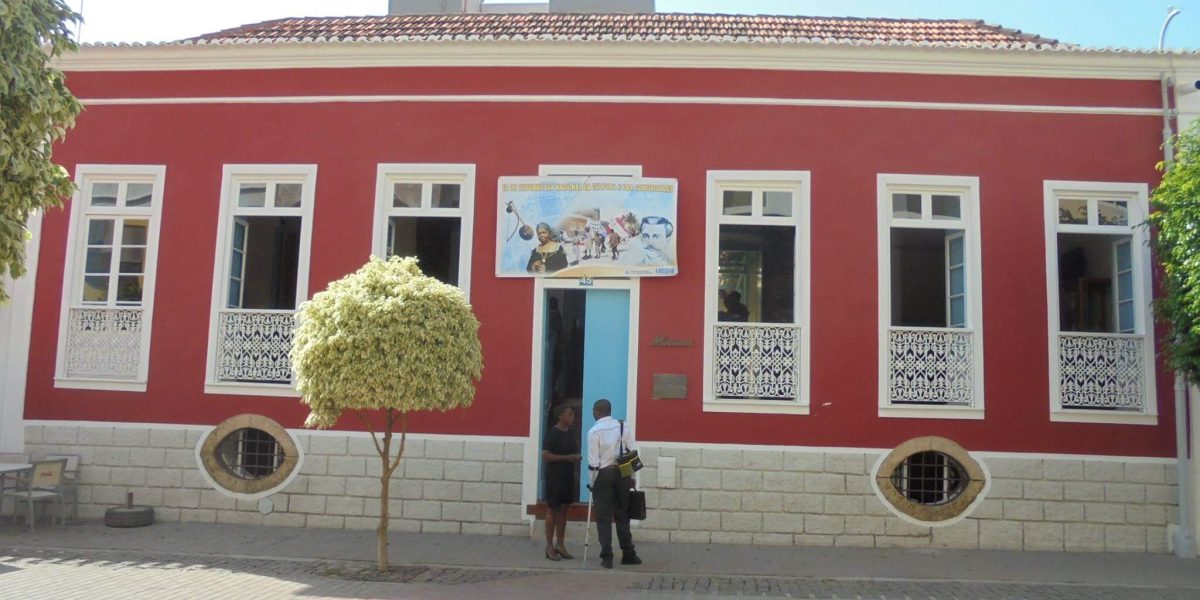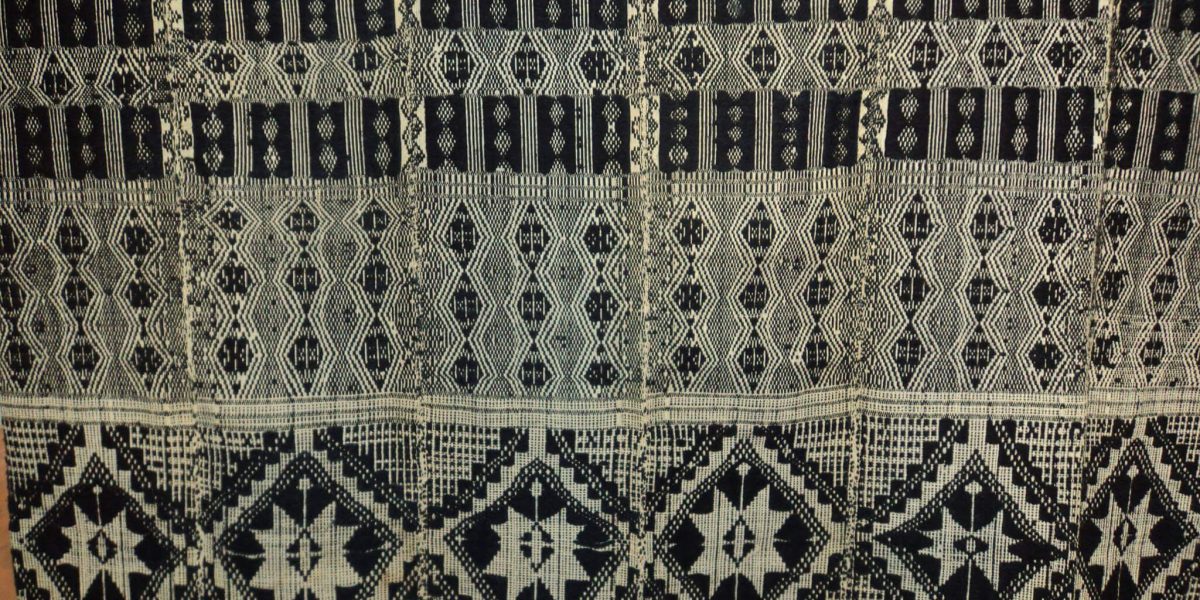The Ethnographic Museum of Praia emerged from the genesis of a larger project of establishing of the National Museum (late 1980/1990). The purpose was to create a museum that could reflect the Cabo Verdean cultural identity. However, it was not possible to materialize it, having resulted in what is now the Ethnographic Museum of Praia, which opened on November 27, 1997.
Most of the objects that constitute the collection of the Ethnographic Museum of Praia are the result of collecting campaigns carried out in the years 1992 to 1995 on the islands of Santiago, Santo Antão, Boa vista and Brava by the National Institute of Culture (INAC). This quite diversified collection represents the life, the daily life and the know-how of the capeverdean man, his ancestral techniques and crafts, many of them in extinction, which are part of the ethno-cultural ballast common to all the islands of the archipelago. In other words, its collection allows the visitor to remember/ travel back in time, to get to know/discover and imagine the daily life of Cabo Verdean men and women, especially in rural areas, getting to know their creativity in the way they adapted to the environment and the raw materials available to them by creating utilitarian objects.
Saber MaisAtravés da exposição permanente, o museu apresenta as coleções variadas que retratam as principais atividades económicas tradicionais de Cabo Verde, nomeadamente: a agricultura, a pecuária, a pesca, o artesanato neste destacando a panaria (panu di téra e kalabedatxe), a cestaria e a olaria. Para além das categorias associadas às atividades económicas, expõe também categorias alusivas à casa e cozinha tradicional, à música e brinquedos tradicionais, e ainda ao consumo de tabaco.
Mais recentemente foi incorporado à exposição permanente uma nova categoria dedicada às tradições orais cabo-verdianas. Foi criado um espaço, a fonoteca e o cantinho de estórias (“Stória, stória, furtuna di séu amén”), que expõe o acervo das tradições orais (os objetos utilizados nessas recolhas, desde máquinas fotográficas, gravadores, etc.), incluindo as estórias, os contos, as advinhas, etc., recolhidos desde a década de 90 em todas as ilhas do arquipélago.
Para além da exposição permanente, nos últimos anos, tem-se pautado pela realização regular de exposições temporárias de temáticas variadas, bem como a realização de algumas exposições itinerantes em lugares variados, tais como escolas, universidades, hotéis, bairros, centro comercial, entre outros.
Mais do que um espaço de exposição, o Museu Etnográfico da Praia tem como missão recolher, conservar e perpetuar a herança cultural do país, é também por natureza, um espaço de lazer, e fundamentalmente, um espaço de partilha e aprendizagem.
O Museu Etnográfico da Praia é sem dúvida o retrato da etnografia cabo-verdiana.
Ler menos